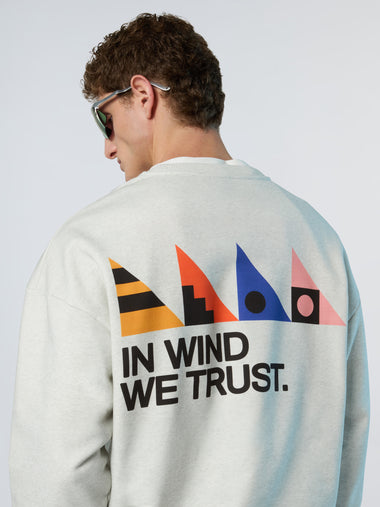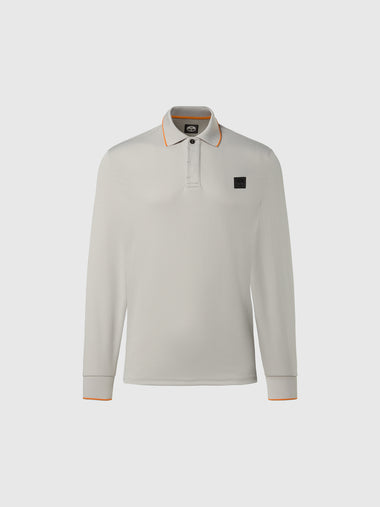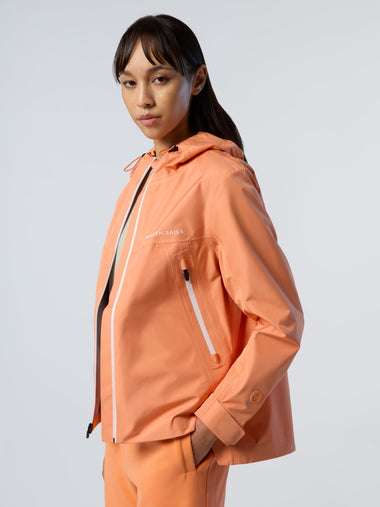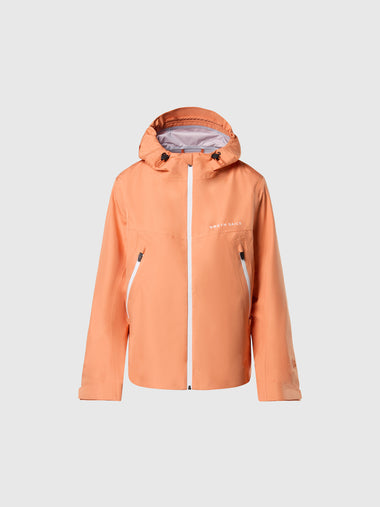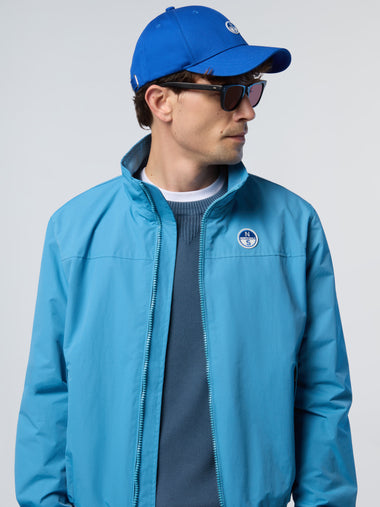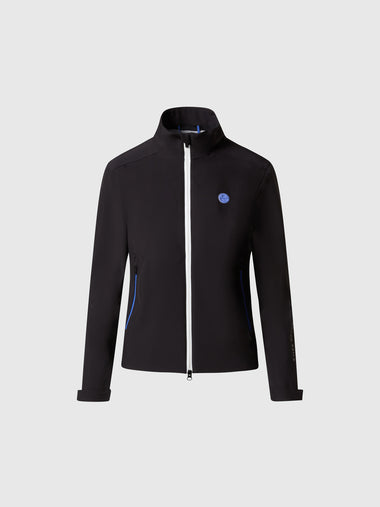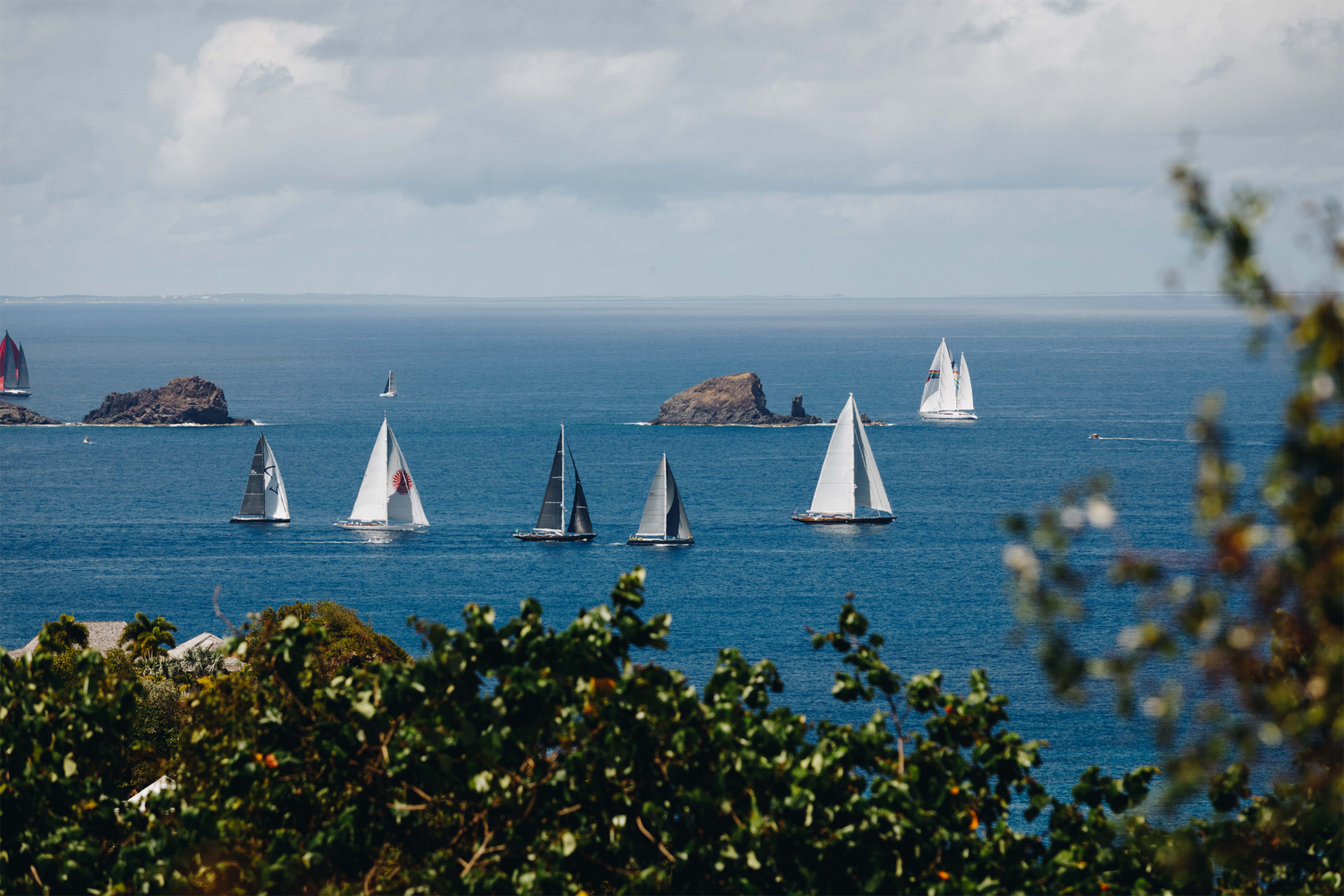FOUR LESSONS LEARNED FROM THE 36TH AMERICA'S CUP
FOUR LESSONS LEARNED FROM THE 36TH AMERICA’S CUP
North Sails Head of Design and Engineering Debriefs on Our Cup Takeaways

It’s been a week since the 36th America’s Cup ended, and we wanted to know what all of this means for the future of sailing and North Sails. We’ve asked North Sails Director of Design and Engineering JB Braun what are the technical lessons that have come up during this America’s Cup cycle… and that could apply to all North sails in the future.
Versatility
“The AC75s are challenging the sail shapes and their range in a more complex way than has ever been done before,” says Braun. “Mainly because of the low righting moment of the boats when they go slow, and their high righting moment when they go fast. When the boats are going slow, their righting moment – their ability to resist heel – is coming from the foils, and those foils don’t work until they’re going fast. So just the boats getting going is a complex process which requires full sails and a low center of effort. And when the boats get going, you want to reduce that power.

“In terms of sail design, that leads to different sail structures that power up or de-power. One of the biggest things that you want in a sail is added range, or added optimum application – meaning, to be able to react to a change of conditions if you’re using a given sail. One of the big things that’s going to come out of this America’s Cup is the application of that range. How do you get a sail to be powered up working at very low wind speed, but then have the same sail working at triple or quadruple the apparent wind speed? With normal boats, your apparent wind speed may only go a fraction of that. But when the AC75s are sailing in 12 knots of wind, they’re going to get up to 50 knots of apparent wind. The same sail needs to change its shape quite a bit to be optimum at the low and the top ends.
“Having a sail that can morph itself and have a wider range reduces the uncertainty with selecting a sail. This is an area that’s going to come out as being a big plus for a lot of sailors, the top racers and the Wednesday night races, TP52, ORC fleets, championship racing, and more.”
Materials
“The other area that’s going to be interesting to come out of it is the material menu we have at North Sails. Every material has different properties: some are designed to reduce stress, some are designed to have added tenacity, while others are able to stretch and recover. Others are very stretchy but have unique properties specific to certain areas of the sails. How these different kinds of materials are used and what they were asked to do through this America’s Cup cycle will be applied to future North Sails products.

“We might be using different types of material in new ways to achieve that added range we mentioned above. For example, we build carbon fiber sails and that’s the primary strength material, but we also use different types for different reasons. It’ll be interesting to keep learning and further exploring the complex relationship of the different materials in the composite and how they’re working together.”
North Sails Design Suite
“From a technical point of view, each team used the North Design Suites to analyze their design space – the rules, the objectives of the sails, the aerodynamic design space. How did their team go about understanding the problem and then attack solving it with the North Sails software? Because that relates to the North Sails software.”

“We have unique tools set up with the North Design Suite which help answer complex questions. There are powerful tools that we use to help the design process along in aerodynamics, in the loading, in the mast design. Throughout the America’s Cup, the embedded North Sails designers used Membrain regularly as a way to run their very complex simulations. The powerful tool, complemented by the rest of the North Sails Design Suite (Desman, Spiral, Warps, and Flow), was constantly in use to validate design ideas. Throughout the course of the 36th America’s Cup, software guru Michael Richelson, updated and further developed Membrain to keep up with the ongoing development of the AC75.”
“I’m excited by how each team went about it to see what development we want to add to the North Design Suite. And that will set us up to have a more powerful design tool and offer opportunities to help our design and manufacturing teams grow and help refine our product further down the road.”
Mast vs Sails
“The masts all have to be the same shape, the boats have to weigh the same and have the same center of gravity. How you get to that point – that can vary. How and where you use the weight and what you identify as a driving performance factor has massive consequences and lead to major differences! Integration is the key word. Considering each element as stand-alone would be a major mistake and have a negative effect on total performance. That affects everybody that has a sail that integrates with a rig…which is everybody with a boat!”





